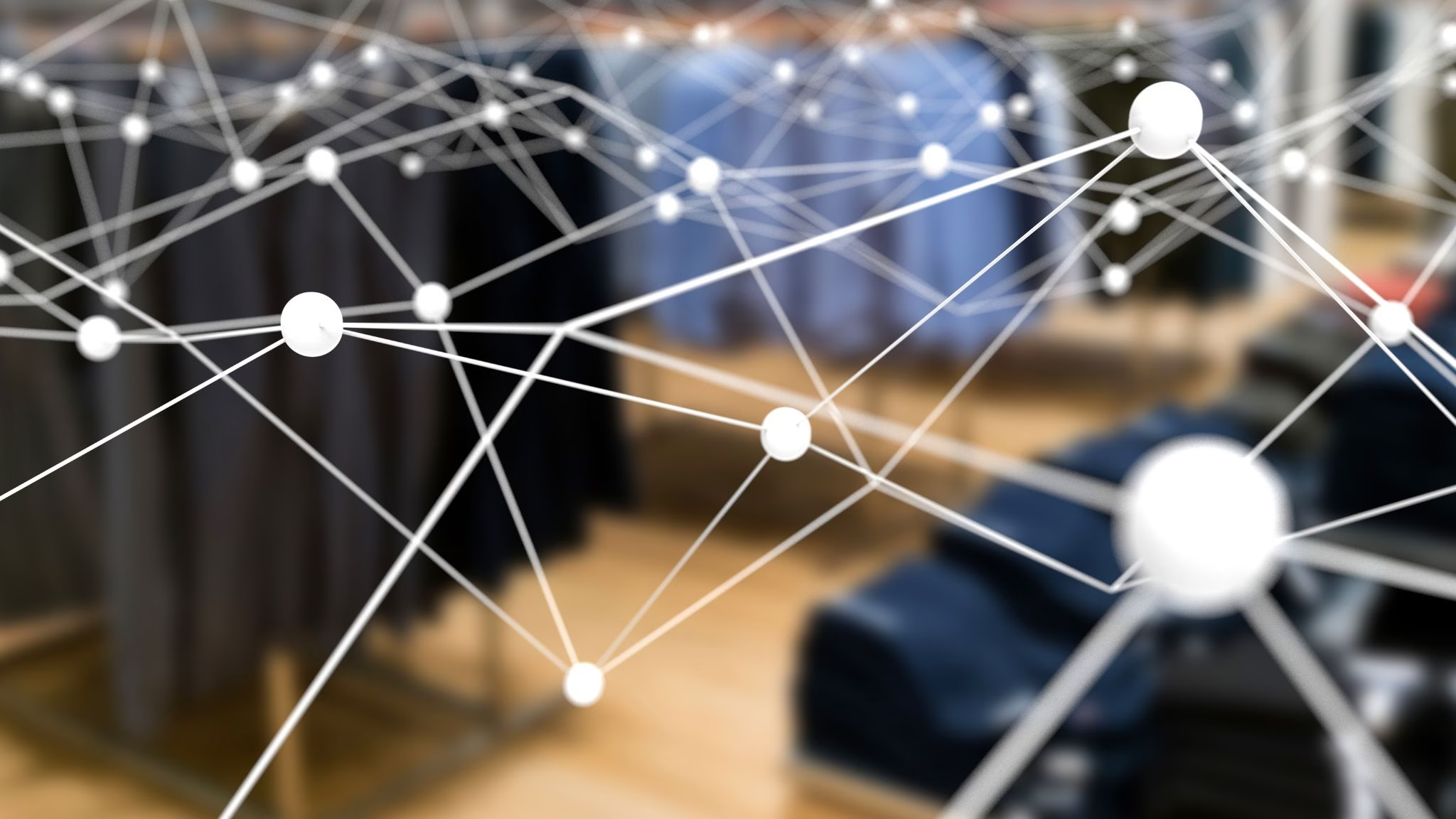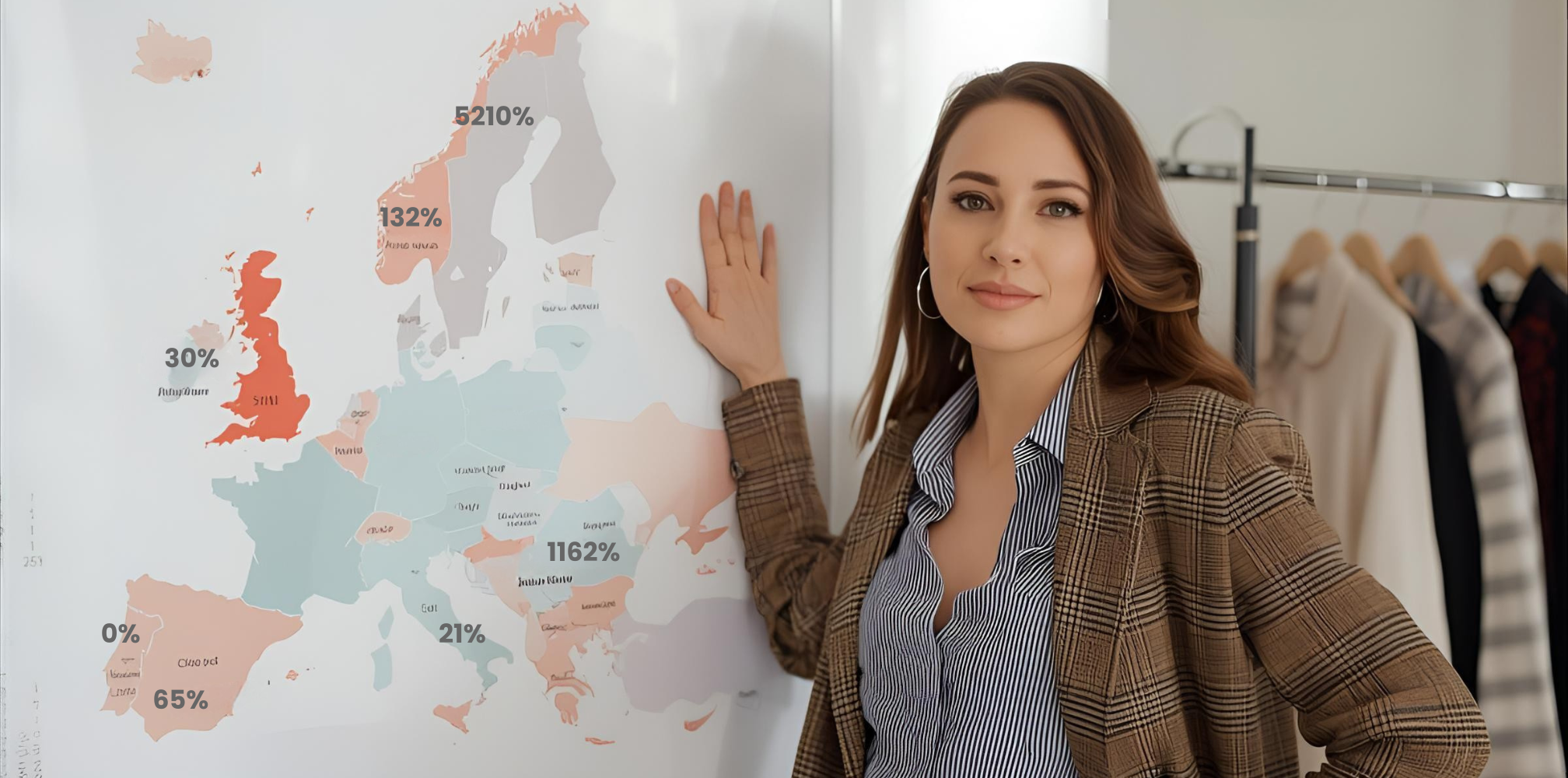Middleware in fashion: what it does and why it works.
As a brand, reseller or retailer, you probably recognize it: the enormous amount of data that is constantly going back and forth in the fashion industry. From item files and barcodes to imagery and stock levels, every party in the chain wants the same information, but in a different format. The result? Fragmented files, manual corrections and frustration at every link.
That's where middleware in fashion around the corner. Middleware is the connecting layer that ensures that your systems, as well as those of your partners, communicate seamlessly with each other. No more endless Excel files, but a central platform that makes data available in a uniform, accurate and up-to-date way. In this article you will discover what middleware does exactly, why it is so important in the fashion industry and how it can directly benefit your organization.
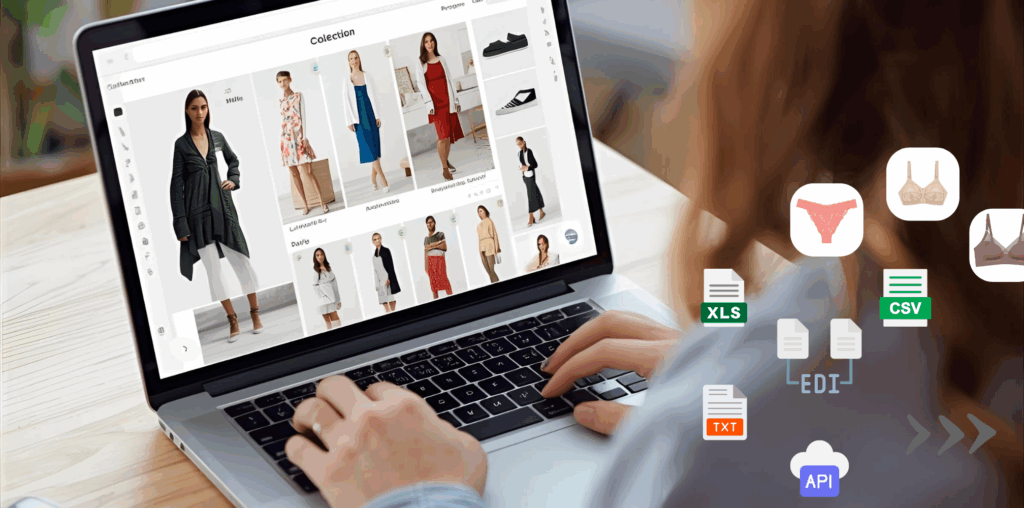
What is middleware in fashion.
Middleware is the silent force behind the scenes. It is not a visible system like a POS system or webshop, but an indispensable layer that lets all those systems talk to each other. Think of it as the "interpreter" in the fashion supply chain: brands supply data, middleware translates it into a uniform format, and retailers receive exactly the information their systems need.
In the fashion world, this is crucial. Collections change quickly, items are constantly changing and the amount of product information is only increasing. Middleware prevents you as a brand or reseller from getting caught up in a jumble of separate files and manual updates.
Why middleware works in fashion.
The fashion industry is different from other industries. Products have seasonal features, colors, sizes, variations and extensive image information. Moreover, retailers expect all that information to be readily available, and updates (for example, a price change or new sizing) to be instantaneous.
Middleware in fashion works because it removes this complexity. You provide your data once per collection and the system makes sure it gets to all connected retailers in the right format, accurately and completely. As a result:
- Do retailers get exactly what they need without you having to take extra steps.
- Work more efficiently, without duplication.
- Keep a grip on your brand presentation.
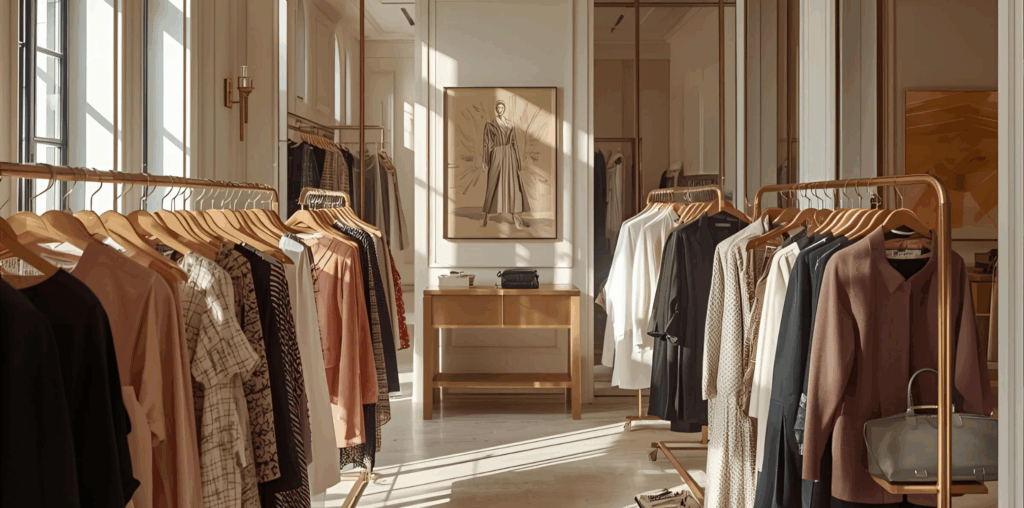
The role of middleware for brands.
As a brand, your main concern is that your collection appears professional and uniform in the marketplace. You invest a lot in marketing, photography and branding, the last thing you want is for a retailer to present your product with wrong sizes or incomplete information.
Middleware makes this risk a thing of the past. You no longer have to prepare your data in ten different formats. Instead, you provide an Excel, CSV or API feed, and the platform ensures that your data is presented accurately and uniformly everywhere. That means: more control, fewer errors, and most importantly, more time to work on your brand strategy.
The role of middleware for resellers.
Resellers, often POS suppliers or integration partners, play a crucial role in the chain. Their success depends on the quality of the data they can offer to retailers. Middleware is an additional asset for them.
Instead of a reseller having to correct or modify individual files, they receive uniform data directly. This increases their value toward the retailer. The result? They offer not just a POS system, but a POS system with guaranteed uniform product data. That is a USP that inspires confidence and increases the likelihood that retailers will choose their solution.
The role of middleware for retailers.
Retailers are perhaps the biggest winners. They get instant access to accurate and uniform data from all the brands they work with. No more errors in sizes or prices, no more cumbersome manual updates, everything flows directly into their POS system or web shop.
This has two huge advantages. First, products can be launched faster on the store floor as well as online. Second, retailers improve their customer experience because consumers are always shown the right product information and images.
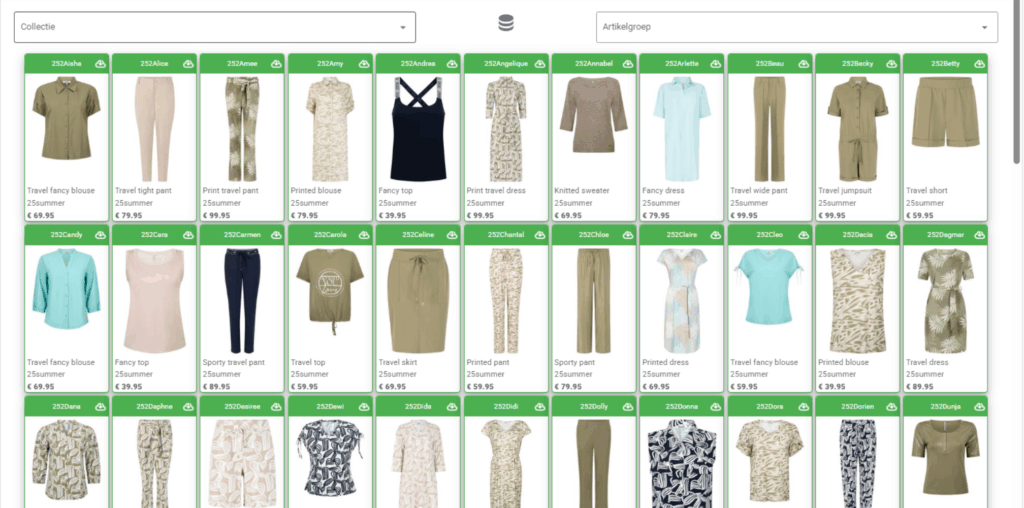
Middleware and automation: getting a grip on data.
One of the biggest benefits of middleware in fashion is automation. Consider:
- Automatically transmit seasonal data to all retailers.
- Real-time updates as soon as there are changes in price or inventory.
- Smart checks for accuracy and completeness.
By automating this process, you keep a grip on your brand presentation. You prevent old files from continuing to circulate or errors from manual input. For retailers, this means faster sales, and for you as a brand, it means more reliability and a stronger image.
Strategic value: from data to insights.
Middleware does not stop at unifying data. It can also be the basis for valuable insights. Through modules such as Business Insights (BISS), you can see which products are running well, which less so, and where your opportunities lie.
This turns middleware from a purely technical tool into a strategic partner. You use it not only to relay data uniformly and accurately, but also to make decisions that accelerate your growth.
Why invest in middleware now.
The fashion industry is becoming increasingly digital and fast-paced. Retailers expect instant availability of product information and consumers demand consistency. As a brand, you simply can no longer afford chaos in your data stream. Middleware offers the solution that is scalable, future-proof and immediately adds value. It is the bridge between your internal processes and the external market. And that bridge becomes more important every day, as the amount of data continues to grow and margins get tighter.
Middleware in fashion is thus more than a technical solution; it is the basis for efficiency, uniformity and strategic growth. It connects brands, resellers and retailers in one central data stream and ensures that everyone is working with the same information. For you as a brand, it means control and consistency, for resellers a stronger offering, and for retailers faster and more reliable sales.
Whether you're a large international brand or a smaller label looking to save time, investing in middleware gives you control over your data and strength in the marketplace.
Want to discover what middleware can do specifically for your brand, POS system or retail organization? Schedule an appointment with Latest Collection today and experience how easy uniform and up-to-date data can be.
Built for Fashion. Designed for You.

